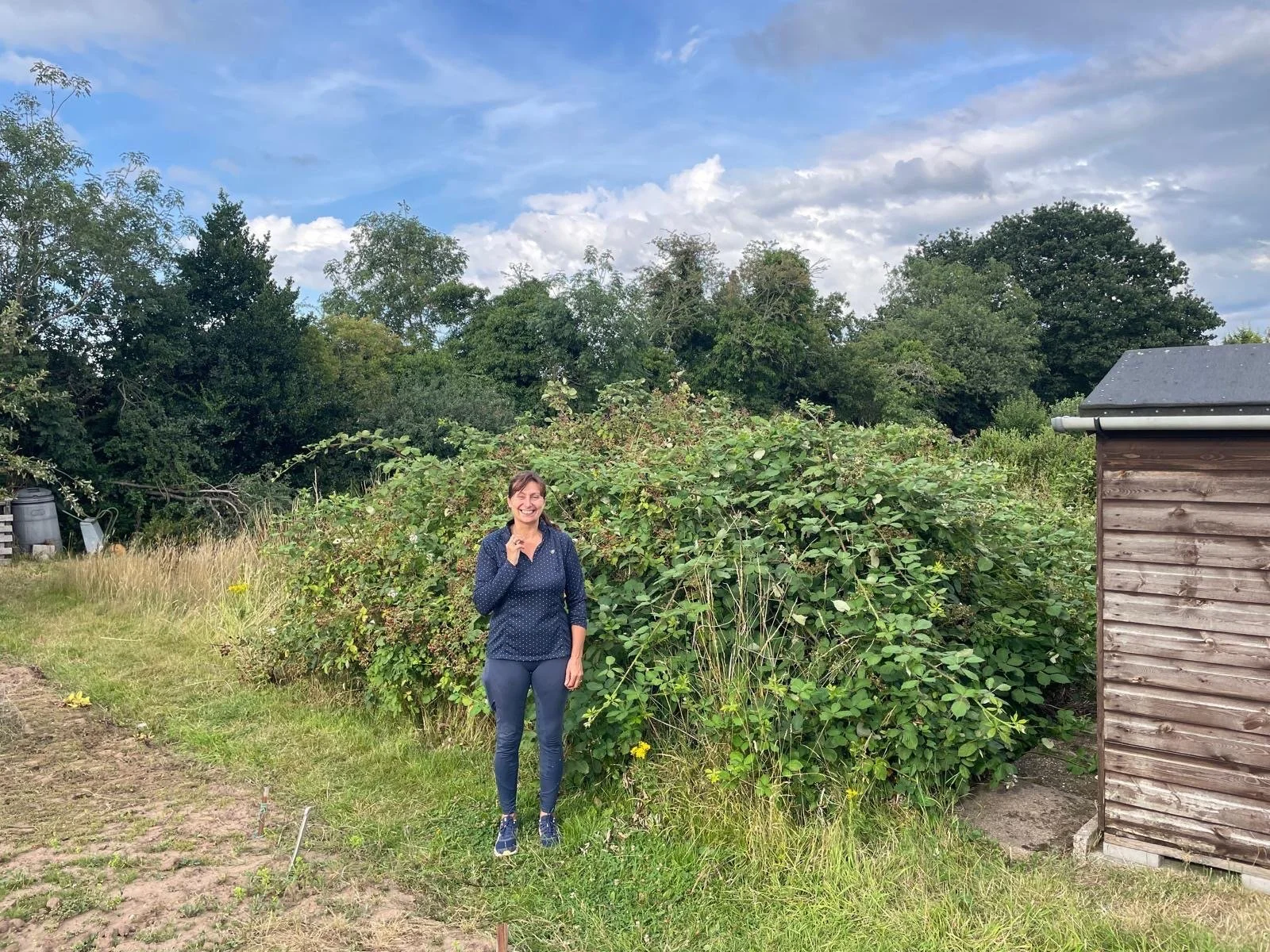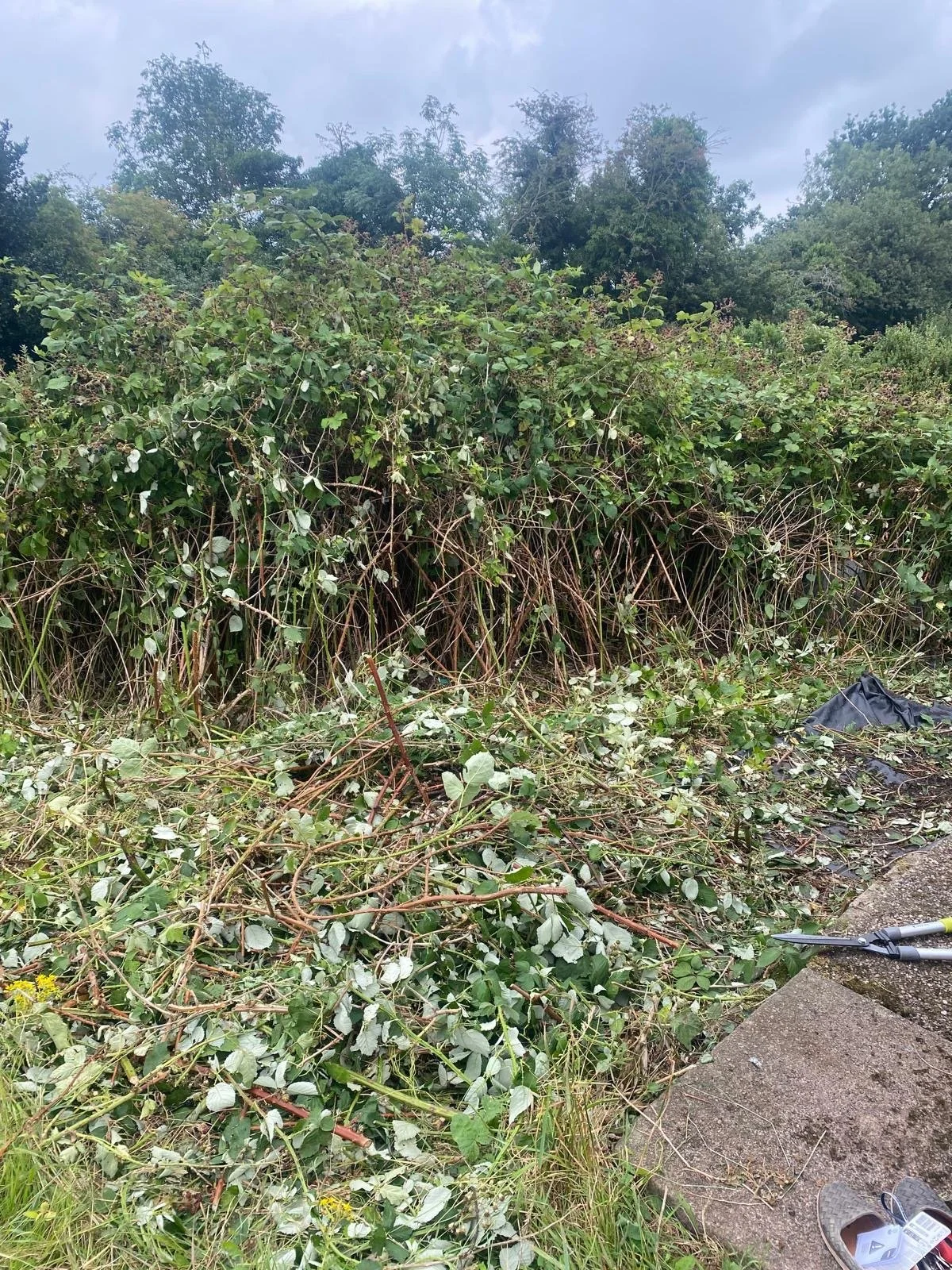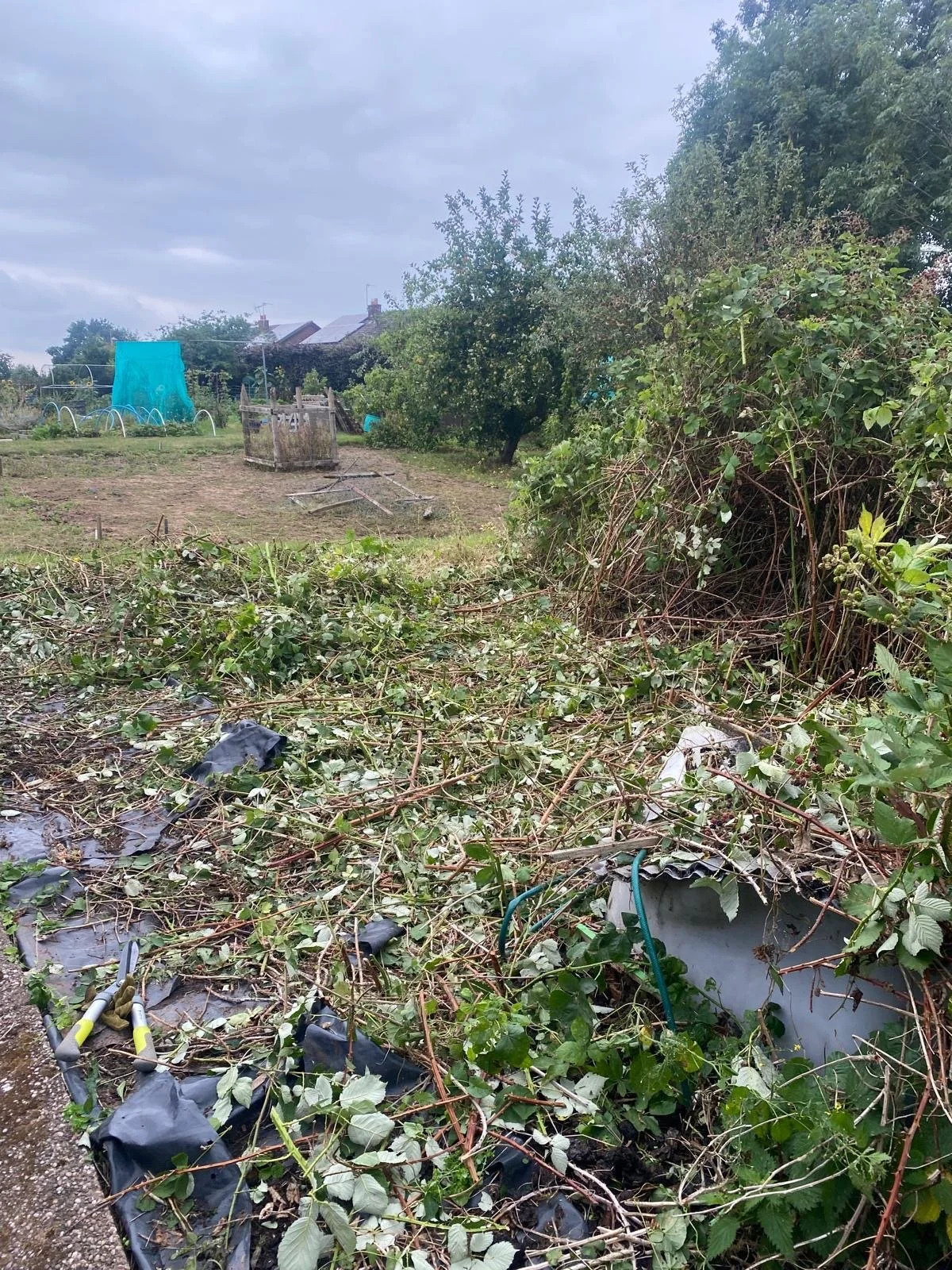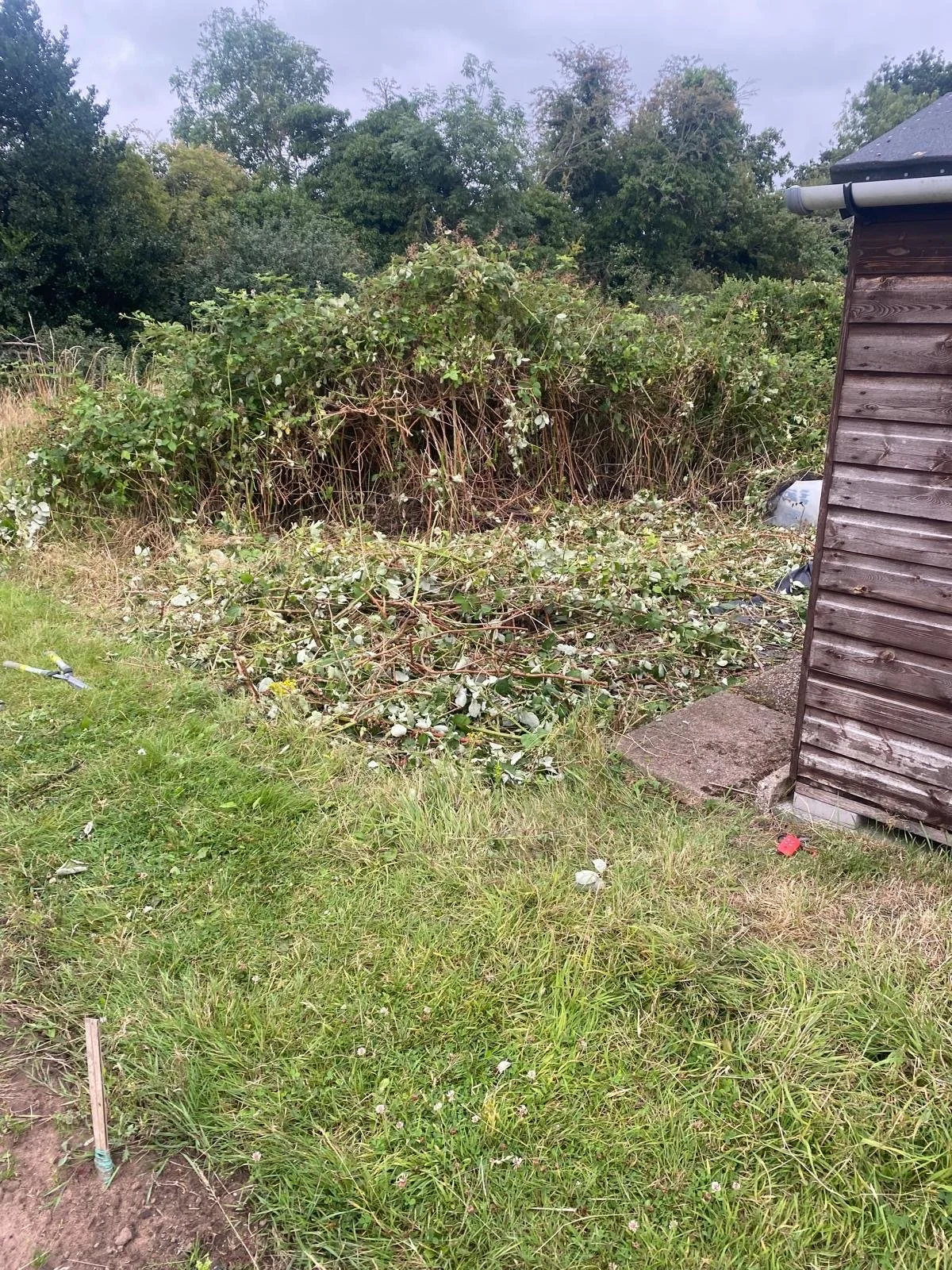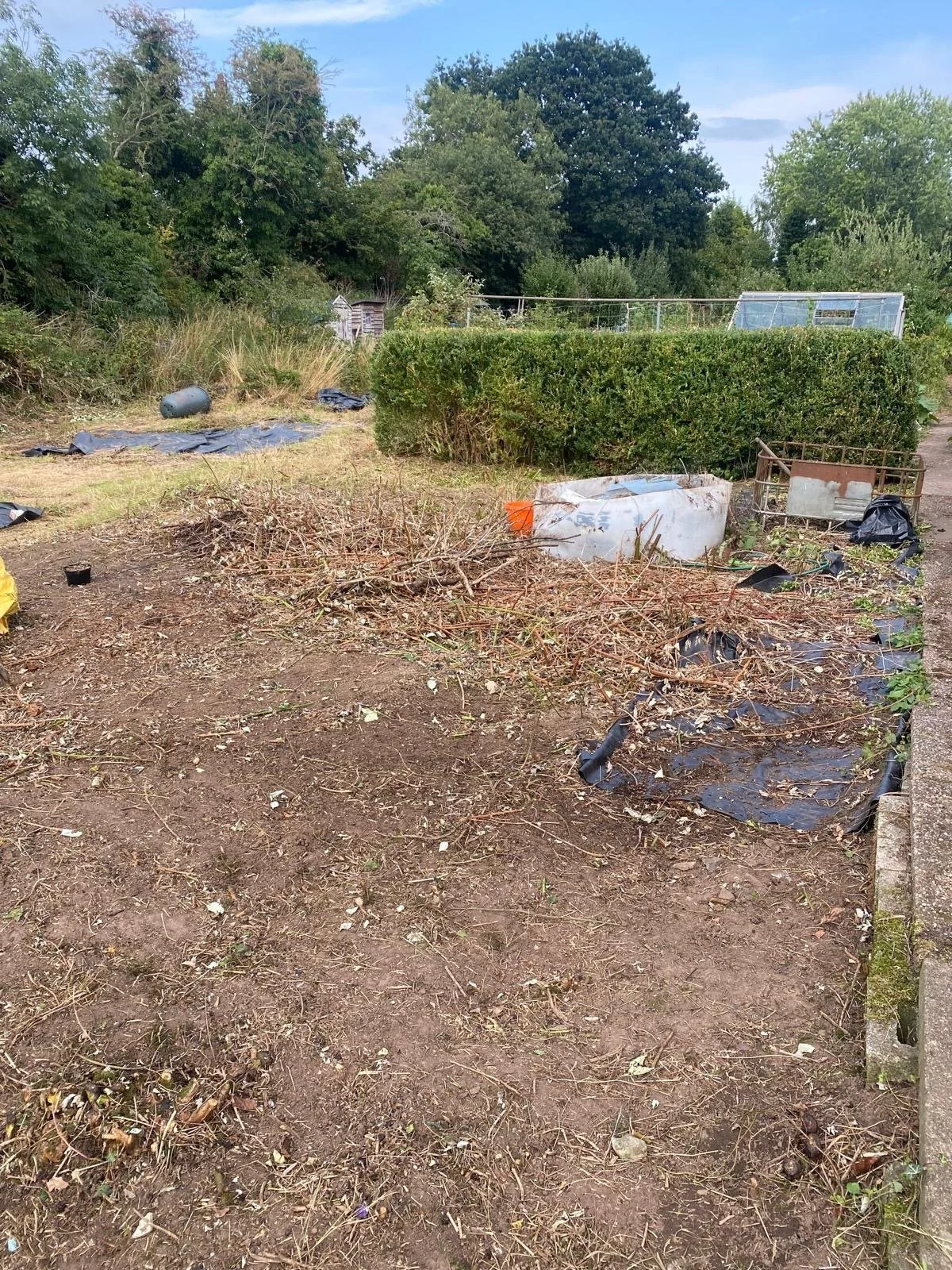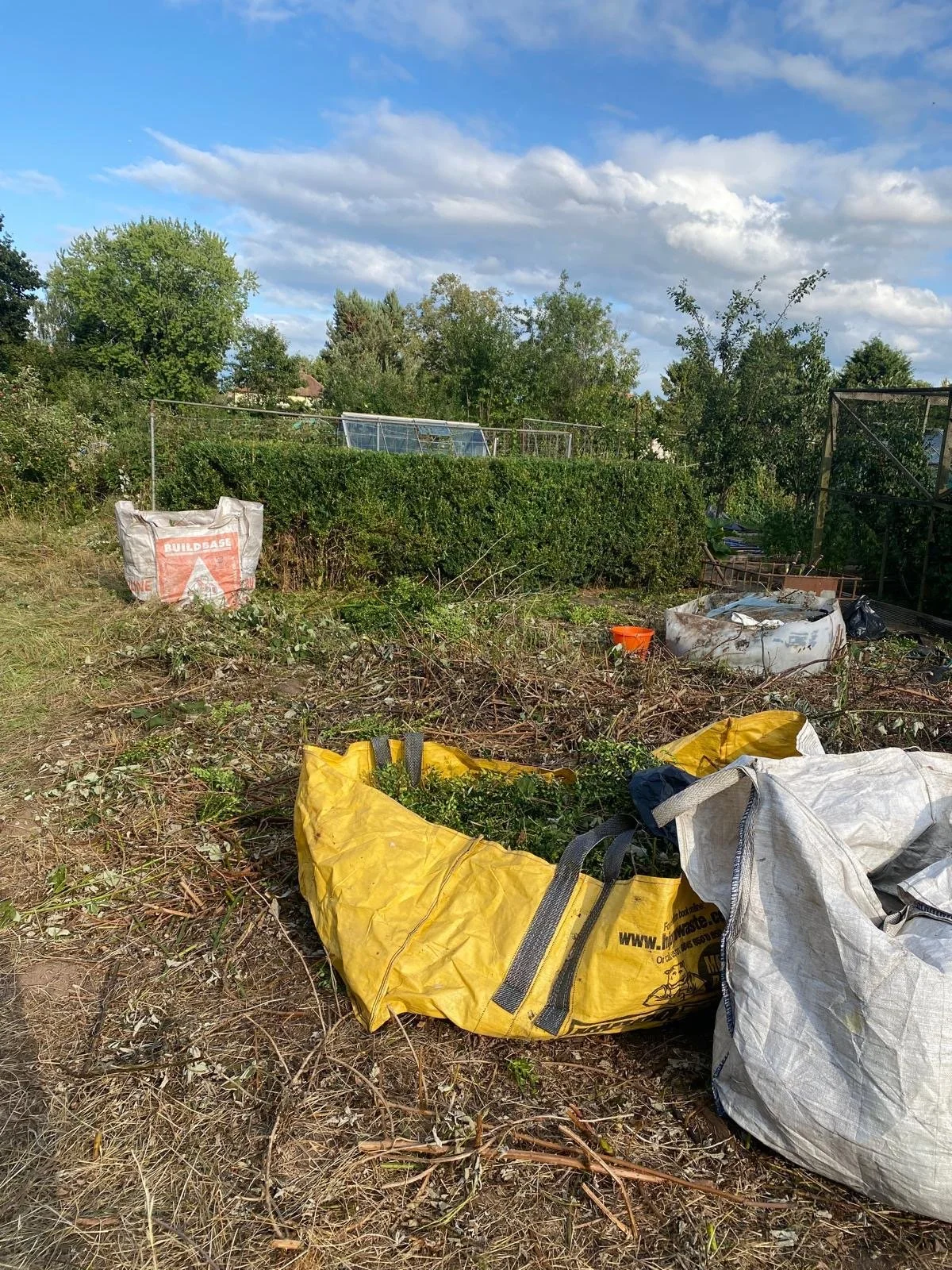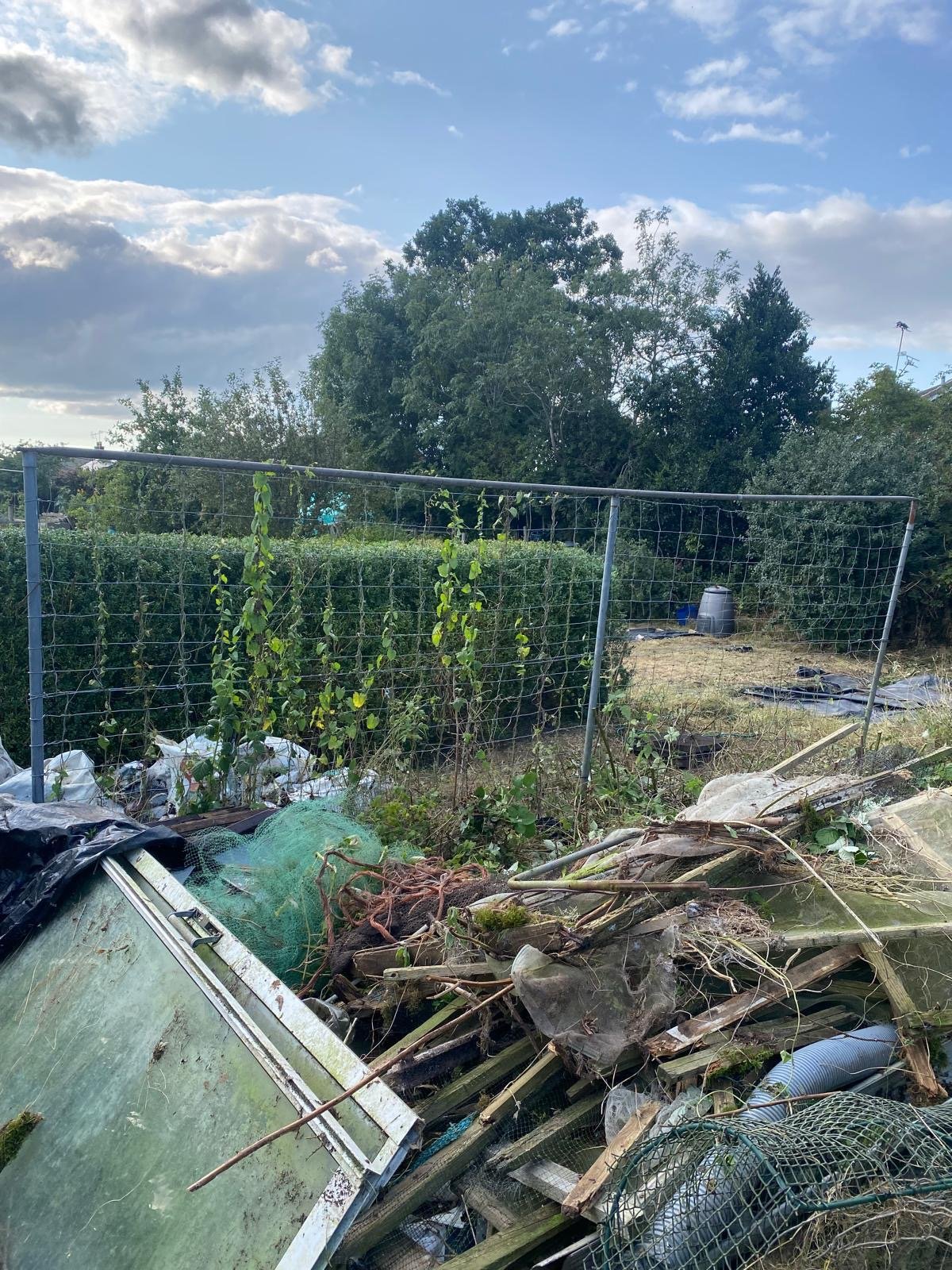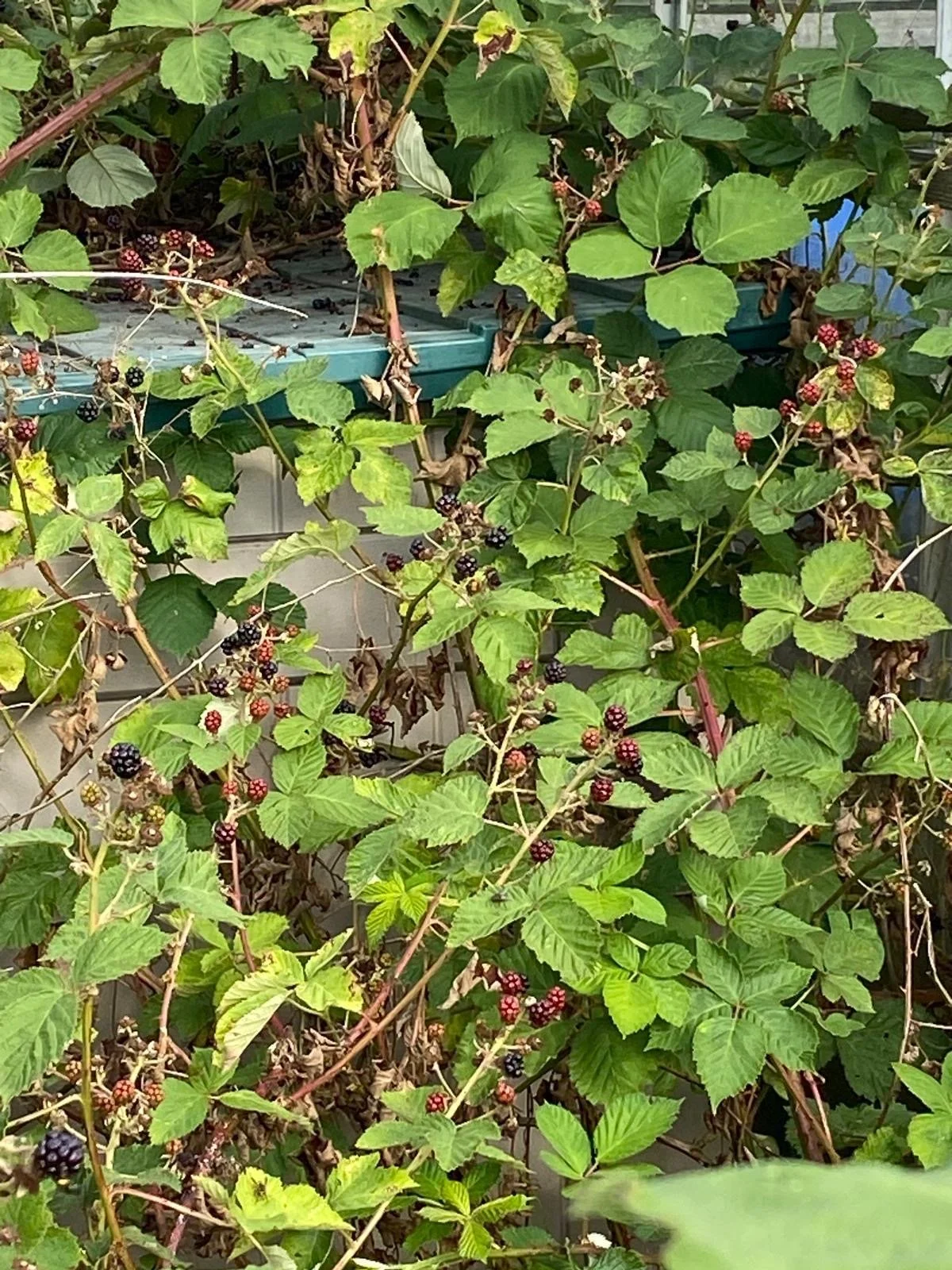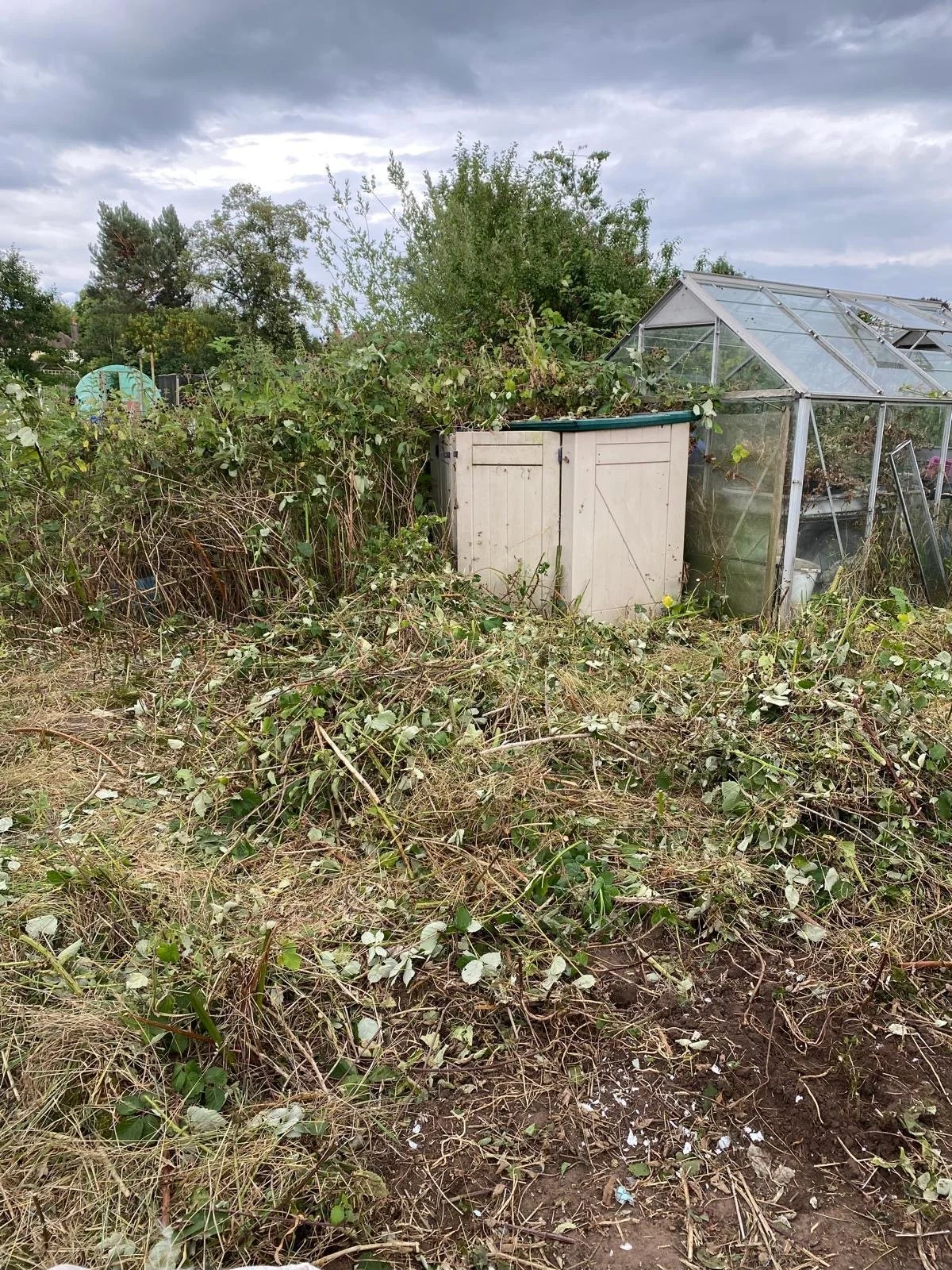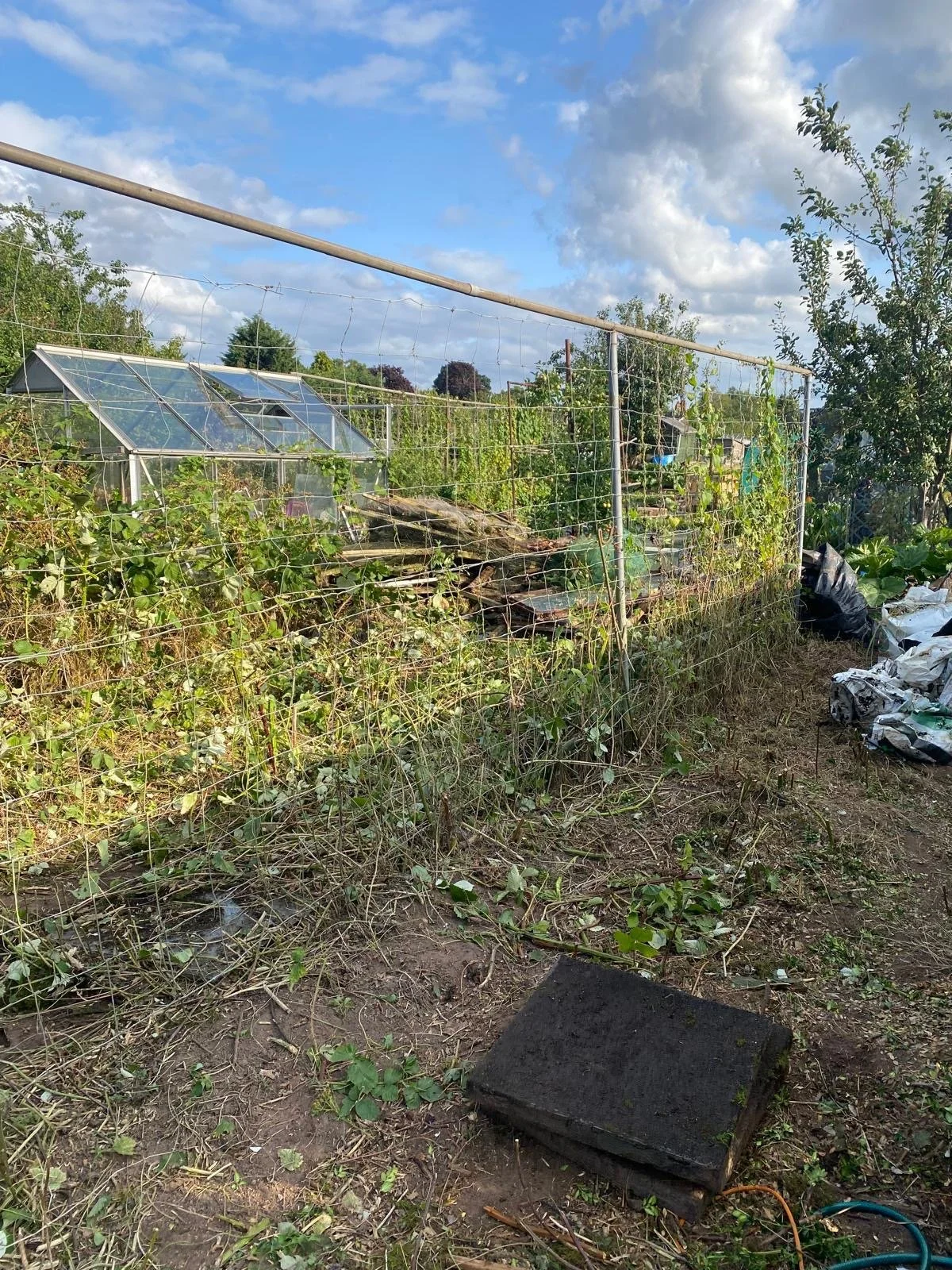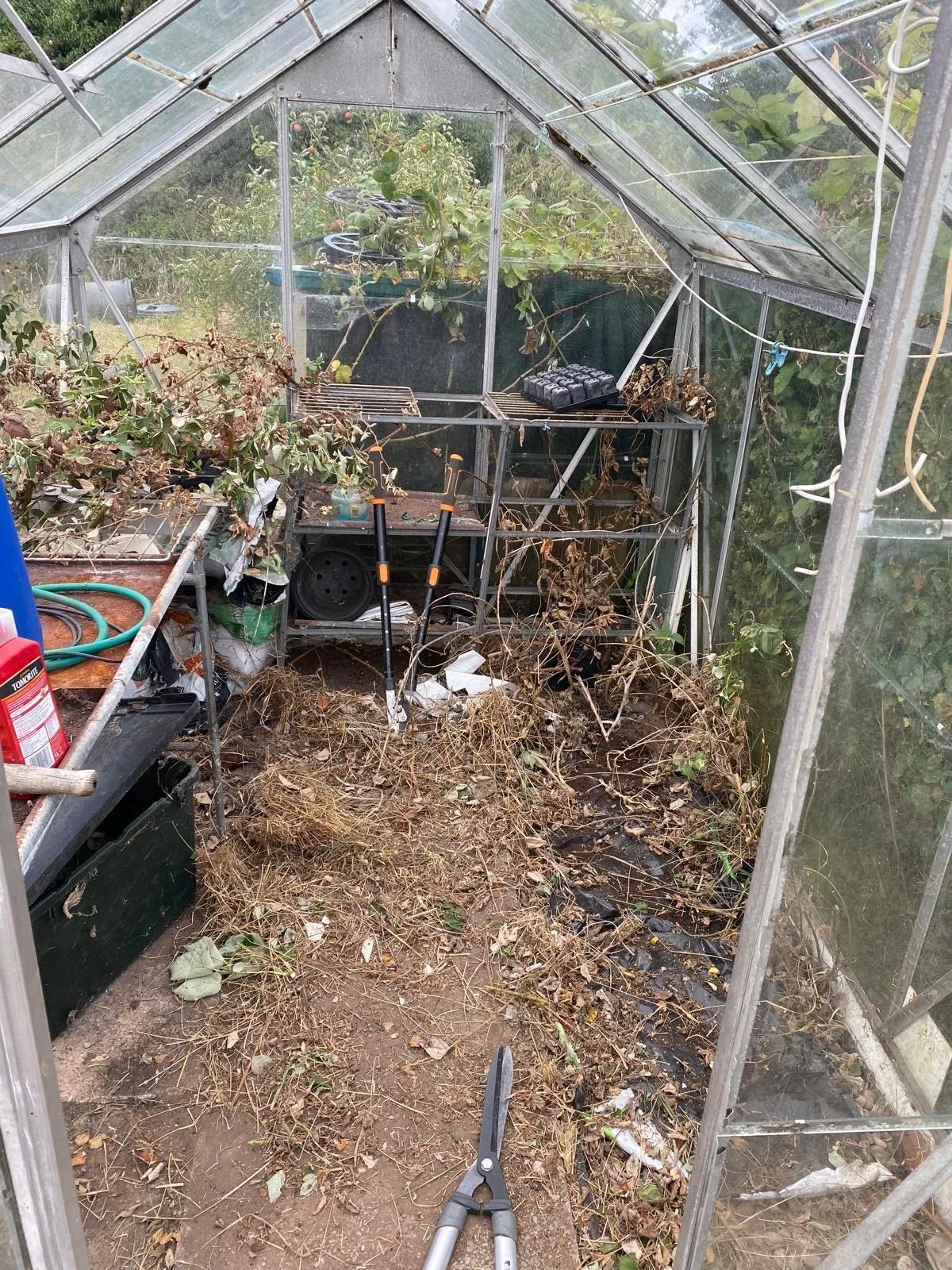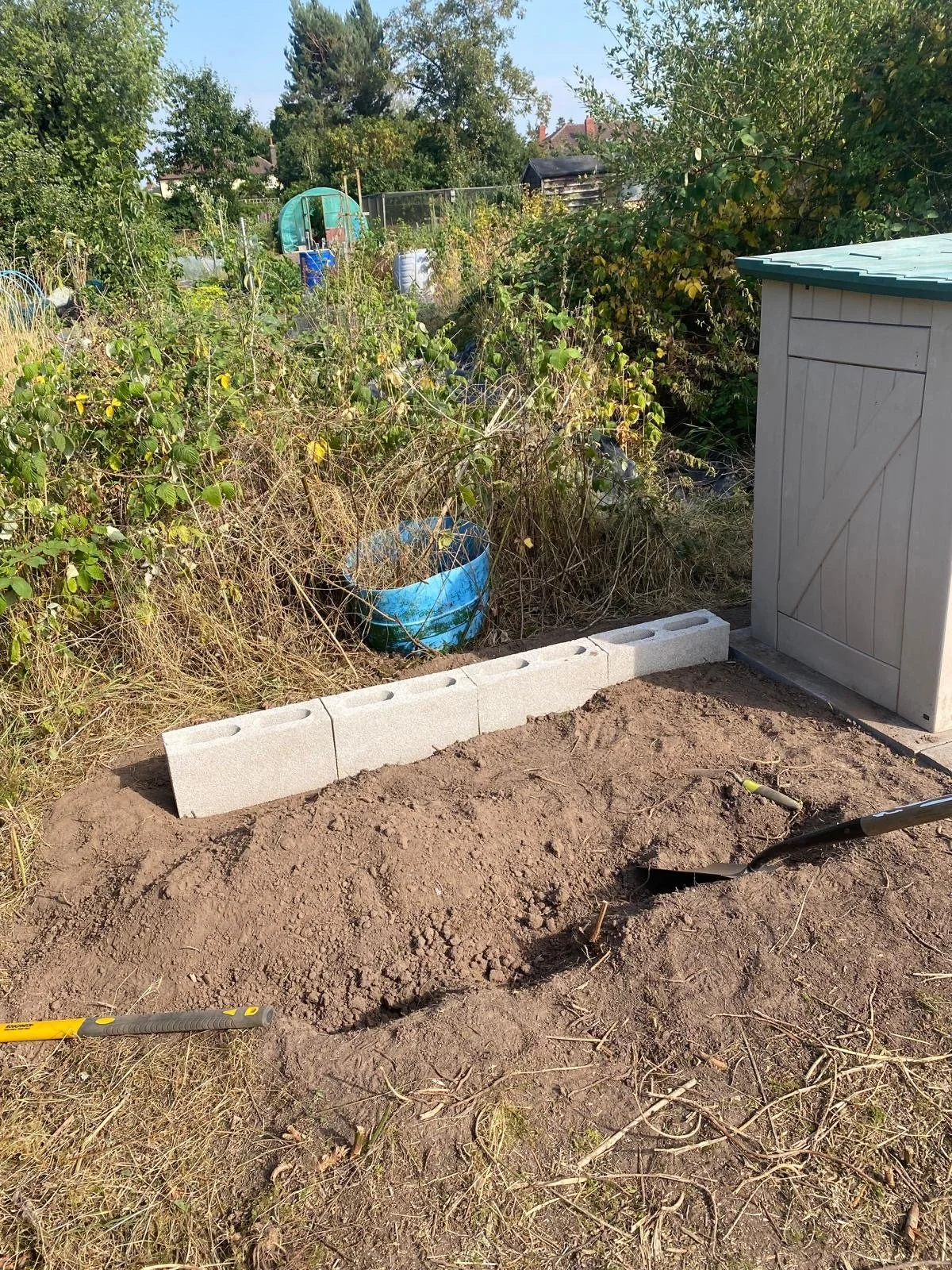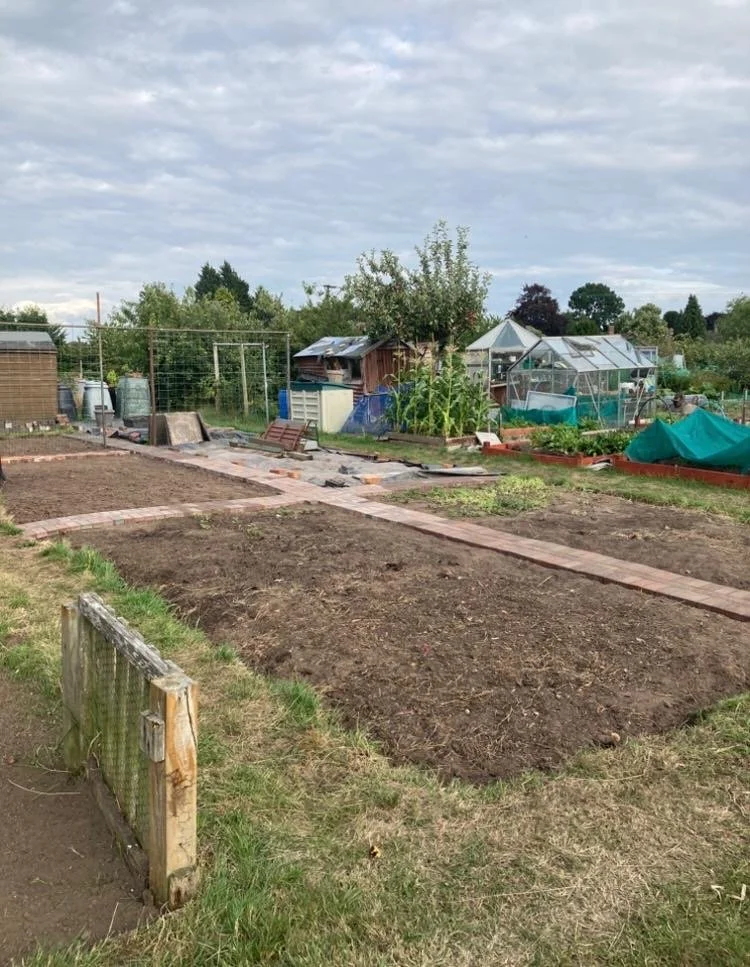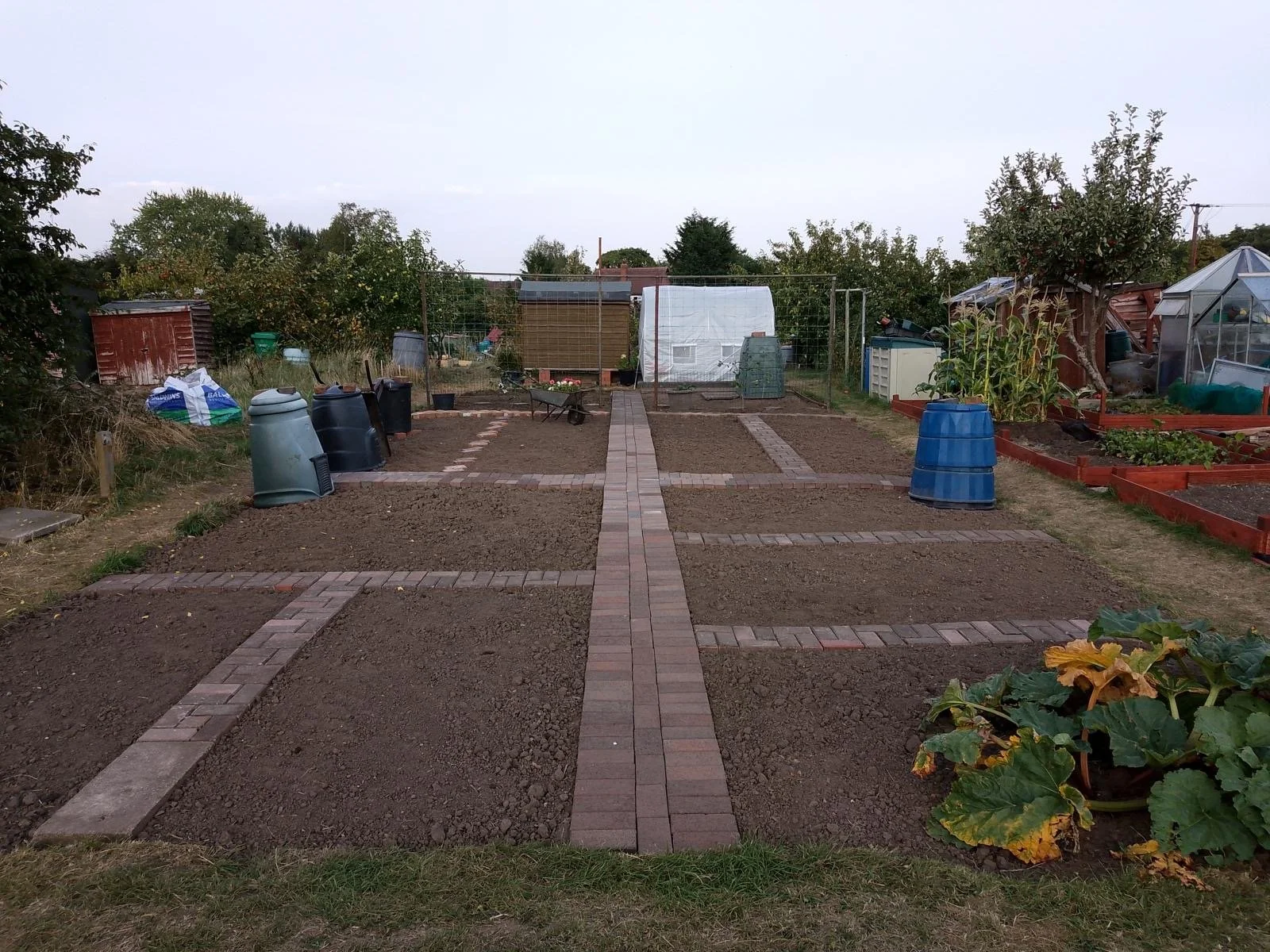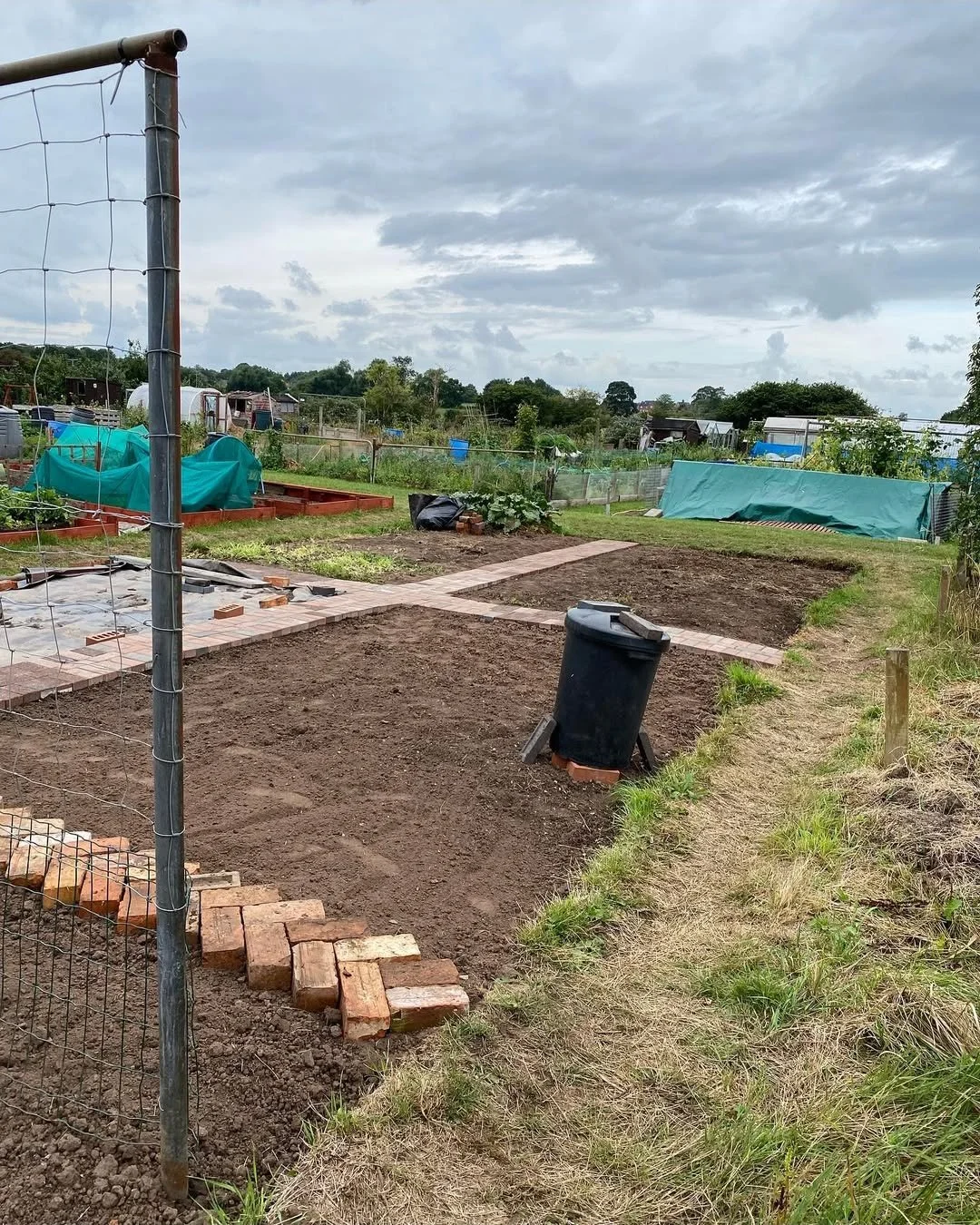Willaston Parish Council allotments go green and Lean
Emma Angier wears many hats. As well as managing Accounts & Finance at Ad Esse, Emma is a Councillor for Willaston Parish Council, and has recently been sporting her gardening hat in the village. Willaston Parish Council purchased the land the allotments are on a hundred years ago in 1925 for £841.17 and are now affiliated with the National Allotment Society.
At the beginning of June 2025, Emma took on the task of project managing the allotments whilst the council recruited a new Parish Clerk who usually has responsibility for them. We asked Emma how she used Lean thinking to restore and re-let 27 vacant plots with limited manpower. Keep reading Emma’s story below.
The challenge
Like all parish councils, Willaston relies on largely goodwill with minimal public funding. Whilst a Parish Clerk is employed for 12 hours per week, they must prioritise governance and other tasks which leave the allotments low on their list of priorities.
The biggest source of frustration for allotment tenants was overgrown plots due to vacancy or neglect, a common problem UK-wide. Badly overgrown plots affect other allotment holders because they end up with more weeds in their allocated space. At least a third of the plots were overgrown in June 2025, creating a depressing environment. The level of gardening care required varied from basic to professional.
Without clear processes in place and a period of neglect, I worked to get back the allotment back on even ground in terms of maintenance and management.
“The six weeks were intense. All my spare time was spent on the allotments. I was busy onsite as well as working on the paperwork.”
Six weeks of project management
Digging out of a hole
The ideal scenario was to have every plot in the allotment let out and well looked after. Initially, a group of councillors assessed the vacant plots and they were grouped according to the level of work required. Here were the results:
Basic – 7 plots
Intermediate – 7 plots
Advanced – 6 plots
Professional – 7 plots
Working through the extensive and long-standing waiting list, groups were invited to visit the allotments. Prospective tenants were shown around the basic renovation plots first, but some people were happy to take on a challenge. There was one guy who took on a professional amount of work; he completely cleared it and you can see him laying block paving on our drone footage. Towards the end of the initial six weeks, we were left with four professional plots, so I got quotes for clearing them. However, the quotes were too high, so we placed adverts on Facebook to call for people who were up for a challenge. It was a success! We quickly let those plots.
As well as the vacancies, the initial inspection showed that nine plots were uncultivated or in poor condition. Liaising with some of these tenants led to a further four plots being re-let, including another classified as ‘professional’. Other tenants started making improvements to their plots, which was great to see.
A simplified process with a new management system
When the outgoing Clerk started in Autumn 2024, we worked with him to set up a new knowledge management called Scribe. Previously, all our data was handled in a tedious way on Excel spreadsheets.
Scribe has the facility to create a map of all the plots and we colour coded them:
Green – Let
Red - outstanding payment
Grey – vacant
Yellow - uncultivated / poor condition
It’s great to visually see all our plots in one place and then click on each one to access all the important information at an individual level.
On Scribe, it’s easy to set a person from waiting to becoming a tenant and set up process workflows. A lot of work was done to update information before uploading our waiting list onto the system. Previously, prospective tenants would express interest and we’d have to call them back for extra information, like full name, address, etc. Now we’ve set up a form on our website to capture all the necessary details in one process step. We also have a form for tenants to correct their own information and confirm it’s up-to-date.
Weeding out paperwork
I've made an A4 ring binder with numbered dividers and filed the paperwork for each plot under the corresponding number. At the front, there’s an index with the surname of the person in pencil against each plot number. If the tenant changes, I can just rub it out and add the new person.
Boots on the ground
To avoid plots from slipping back into a state of neglect, it’s important to keep watch on the allotment. Luckily, two council members are allotment holders and can detect when plots are in danger of becoming overgrown, as well as listen to feedback from tenants.
Plans for future improvements
Now we’re in a positive place, we’re able to focus more time on things that matter and make further improvements. We’re reaching the stage where clear processes are in place and the allotments are simple to operate. We plan to reduce process steps even further, such as transitioning from paper-based tenancy agreements to digital.
Since the allotments were established in 1925, plot sizes have been reduced because there is less practical need to grow produce and people have less time for maintenance. Moving forward, we need to monitor whether plots are manageable, so we’re starting to measure the size and shape of each plot. We sent up a drone to collect footage and used measuring software to help.
We’re also evaluating pricing. Currently, it’s only £16.50 to rent most plots for a year, whereas the average price nationally is £60 according to a recent survey from the National Allotment Society. The problem with a price point that’s too low is that it gives some tenants little incentive to care for their plot appropriately.
Impact on the community
After previous dissatisfaction with the way the allotments were run, tenants now stop me in the street to offer their thanks. It’s lovely to see happier tenants and the plots being cared for properly. The allotments are so good for wellbeing and biodiversity in the middle of a built-up area.
My grandparents had an allotment, but I never thought I'd have one. Once I started showing people around, I wanted one too! I haven’t had any spare time yet to work on mine, but I plan to have a nature pond and hope to evolve it’s layout and what I grow over time. I have obtained bricks for free on marketplace to create paths, inspired by the tenant who has done block paving.
There's one guy that has a huge plot that’s full of stuff, like marrows, cucumbers, potatoes, etc. A lot of the surplus food grown on the allotment is left by the gate for people to take. It’s a real community feel.
It’s great to see that Emma’s effort and application of Lean thinking has paid off. If you’re looking to add more value with fewer resources in your organisation or community group, our Knowledge Hub is full of free resources. The team at Ad Esse are here if you need a chat about further support. Email hello@ad-esse.com.
If you’re curious, here are some photos to show how the allotment has evolved in the last six weeks:
From brambles to soil
Clearing the way for paths
Emma has been a Councillor for Willaston Parish Council since 2017. As a resident, Emma wanted to use make things better for her community… a labour of love rather than financial reward. As well as the allotments project, Emma is one of four councillors responsible for the village playing field and was heavily involved in organising a garden party for the Queen’s platinum jubilee in 2022, along with subsequent events.
When asked why she wanted to become a Councillor, Emma said, “I’ve always been someone that’s got involved in community groups because it brings me pleasure to be part of making things happen for everyone to enjoy.”

